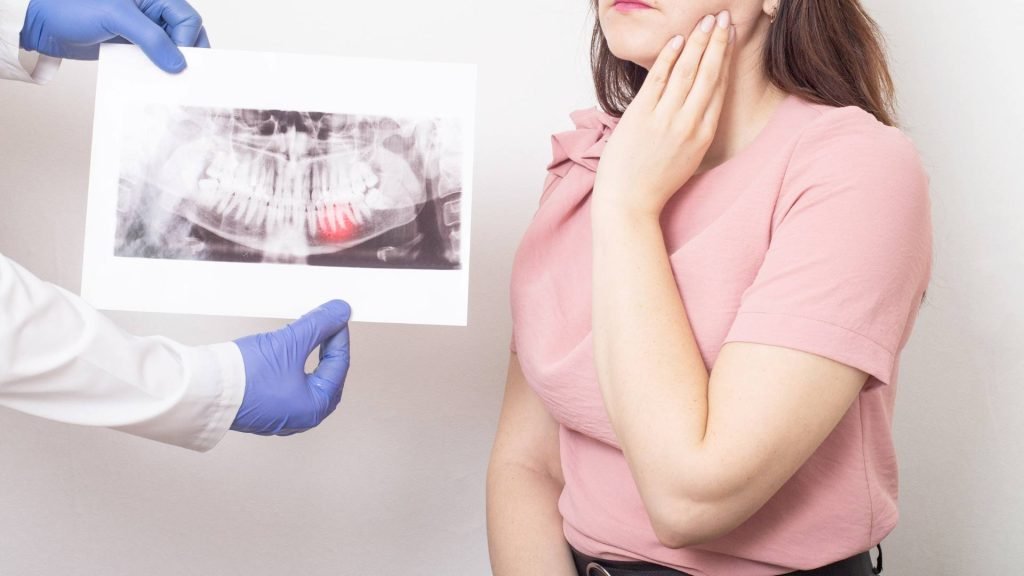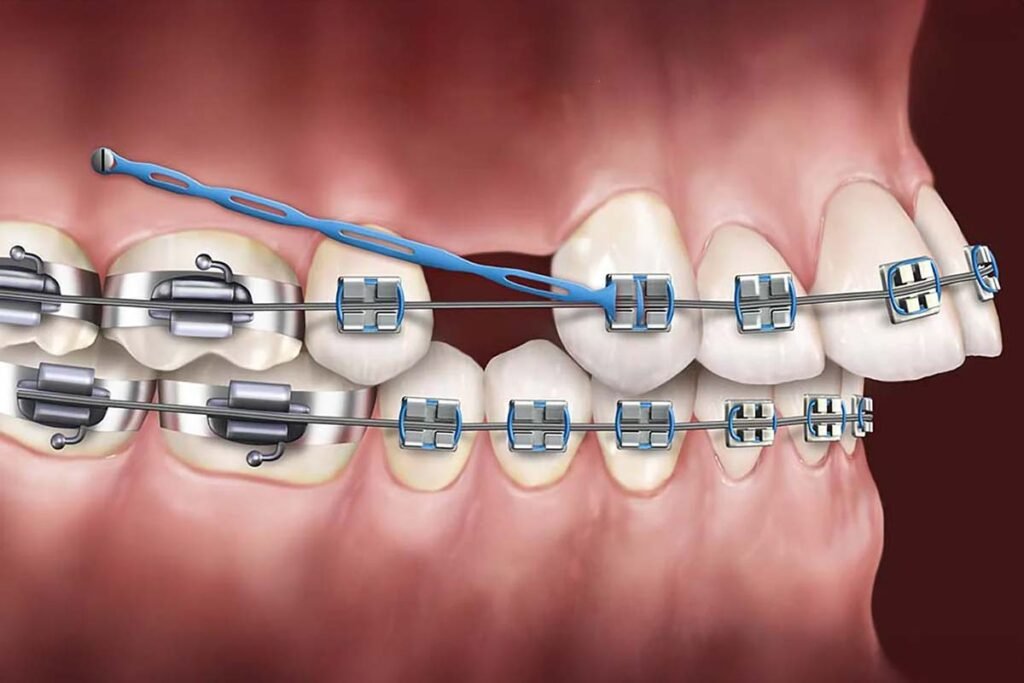Jaw surgery, like any surgical procedure, is an immense undertaking to begin and should be carefully considered. There are some very good reasons why your medical provider may recommend the procedure. Here are 8 signs that jaw surgery could be right for you.
Why Get Double Jaw Surgery?: 8 Reasons Why
Double jaw surgery, also called bimaxillary osteotomy, is when surgical correction is applied toward both the upper and lower jaws. In many cases, this allows surgeons to correct issues involving the meeting of both jaws. Also, there are procedures that can target either the upper or lower jaw if necessary.
1. Improve Ease of Biting and Chewing
If your jaw meets at an incorrect angle, biting and chewing can be painful, difficult, or both. By realigning the jaw, this pain can be greatly reduced, and biting and chewing can be made much easier.
2. Correct Problems with Speech or Swallowing
Eating issues aren’t the only problem caused by poor jaw alignment. Jaw surgery could help improve airflow to correct a speech problem or improve the patient’s swallowing ability.
3. Minimize Excessive Wear and Breakdown of the Teeth
If held together more tightly than naturally expected, teeth may quickly begin to grind or wear down. Surgical correction can minimize the amount of the teeth grinding against each other, reducing this wear and tear.
4. Correct Bite Fit or Jaw Closure Issues
An incorrect bite fit can lead to grinding, locking, or other problems that can exacerbate other jaw issues. Likewise, if the jaw closes either too tightly or loosely, it can also contribute to pain elsewhere in the body. Therefore, correcting this fit will not just fix the problem but reduce further damage down the line.
5. Correct Facial Imbalances
Do you have a small chin, underbite, overbite, or crossbite? Facial imbalances like these are caused by the architecture of the jaw bones meeting. By surgically correcting the jaw alignment, these imbalances are reduced or mitigated. Ultimately, this will help strengthen your chin and the effective force of your bite.
6. Relieve TMJ Disorder Pain
The temporomandibular joint (or TMJ) is the joint where the jaw bones meet. The TMJ can be a source of pain if they meet poorly and can relieved with jaw surgery. Similarly, one of the most direct ways to relieve this pain is through jaw surgery, so your doctor may recommend it.
7. Repair Facial Injury or Birth Defects
If you have facial birth defects or accidental injury, jaw surgery can be a way to repair that damage. Alongside other reconstructive cosmetic efforts, these injuries can be allowed to fully heal better. While they’ll help you look better, this surgical correction will also help you feel better as well.
8. Provide Relief for Obstructive Sleep Apnea
Of all the reliefs mentioned here, sleep apnea might be the most unexpected one. However, obstructive sleep apnea can frequently happen in the space between the tongue and soft palate. By widening this space surgically, the risk of obstruction is greatly lessened.
What to Expect During Jaw Surgery Recovery
Like any type of surgery, jaw surgery recovery is different for every person. However, most people can recover at home for several weeks before returning to work or school. Healing takes time, so talk with your healthcare provider before increasing your activity. Typically, most people should be able to perform light exercises during recovery, like brief walks.
Moreover, you may be asked to stay in the hospital for one to four days after surgery. This is so your progress can be monitored by your healthcare providers. Generally, every hospital stay can be different, but here are some things to expect.
Jaw Splint
You’ll be provided a plastic jaw splint for your mouth during surgery. This will help train the mouth muscles to work with your new jaw position. You must wear the jaw splint at all times except when eating or cleaning your teeth.
Depending on the process, your surgeon will remove the split around the eighth month of recovery.
Swelling
After the procedure, your face will likely be swollen. Therefore, a doctor will advise you to sleep with your head raised and give medication to help with the swelling.
Medications
Speaking of medication, your doctor or surgeon will prescribe other medications to help with pain and protect against infection.
Keep It Iced
Apply ice packs regularly to your face throughout the first 24 hours to help with the pain and swelling. Like using ice packs regularly, you’ll want to have it on for 20 minutes, then off for 10 minutes.
Liquid Diet
Since your jaw is still healing, chewing is generally going to be painful in the best circumstances. A doctor will start you on a liquid diet for several weeks while the swelling goes down and your jaw heals.
Problems Communicating
With the swelling and the mouth splint, it may be very difficult for people to understand what you’re saying. Your healthcare provider can suggest options to help you communicate. One option they may recommend is a text-to-speech app on your phone or device.
Braces and Jaw Surgery
If you have braces, you’ll still have to wear them for at least six to nine months after corrective jaw surgery.
After the braces have been removed, you’ll need to wear removable retainers to keep your teeth in their new position. Usually, your healthcare provider will let you know how long you need to wear them, but commonly, it’s a full year.
After that time passes, you might still need to wear your retainers a few nights a week.
Corrective Jaw Surgery You Can Count On From Art of Smile
Through corrective jaw surgery, relief is possible for many common jaw ailments. If you suffer from any of the problems listed above, talk with your medical provider today. They’ll recommend if jaw surgery is right for your personal medical needs and provide more in-depth explanations.
Art of the Smile is Philidelphia’s destination for orthognathic jaw surgery. Check out our smile gallery to see what treatment can do for you and your winning smile. With treatment from our friendly and knowledgeable team of orthodontic professionals, you’ll have a smile that’s truly a work of art. We’re here for you!



